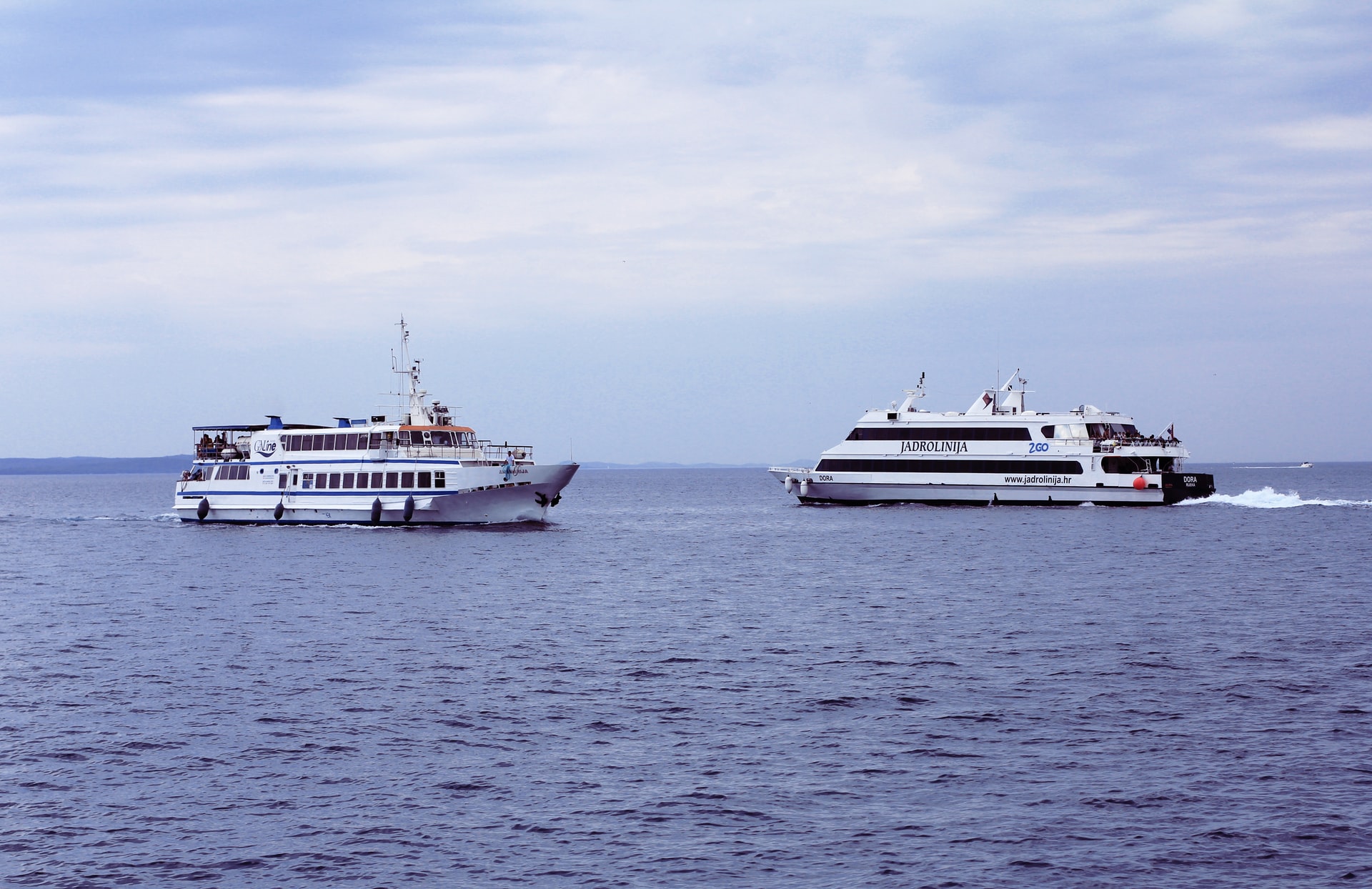
Maritime Mobility of People
| Tags | PassengerWater |
|---|---|
| Publication Date |
Due to the fact that passenger ferries (incl. car ferries) typically travel short-distances and with rather light cargo in comparison to cargo ships, they have always been, are and will be much more receptive to change in the next decades. Especially in their propulsion system and the usage of newer, more sustainable types of fuel this industry is much more adaptable: This is supported by the fact that the number of car and passenger ferries that rely on LNG as alternative fuel or power their engines either fully electric or with hybrid propulsion technologies is much higher than the numbers for other kinds of vessels. [1]
Ferries are also exploring the use of hydrogen as a fuel: The Belgian shipping company “Compagnie Maritime Belge” Hydroville uses an internal combustion engine with hydrogen as fuel and is able to carry 16 people. [2]
While ferries generally have a long history of transporting people, especially cross-river, the wide-range introduction of tunnels and bridges in cities lead to many urban water transportation agencies disappearing. [3]
To reintroduce water transportation to cities and interest citizens to use these transport systems, many cities revisited their approaches:
The most promising perspective of advancing waterbound mobility of people through ferry systems is of course its contribution to the overall transportation system and its inherent relief of other means of transportation. [4]
With cities growing exponentially and housing more and more people in the process, it becomes increasingly difficult to find places to live within the cities’ centers. When developing suburban areas, cities with access to waterways will expand their linear ferry systems to connect these areas to the city center - this access could very well lead to increased values of suburban areas and increasing acceptance of living in or even moving to these areas. But not only in developing outer-city areas as housing areas, but also when connecting employment centers farther outside the city to its center, transportation via waterways can become increasingly more relevant. [5]
Sources
[1] DNV GL. (2019, September 17). Comparison of Alternative Marine Fuels. Commissioned by SEA-LNG. https://sea-lng.org/reports/comparison-of-alternative-marine-fuels/. pp.12f.
[2] Lloyd's Register. (2019, October 8). Ferries at the forefront of innovation. https://www.lr.org/en/insights/articles/ferries-forefront-of-innovation/.
[3] [4] [5] Tanko, M., Burke, M.I. (2017). Transport innovations and their effect on cities: the emergence of urban linear ferries worldwide. Transportation Research Procedia. Vol. 25 (2017). pp. 3957-3966.